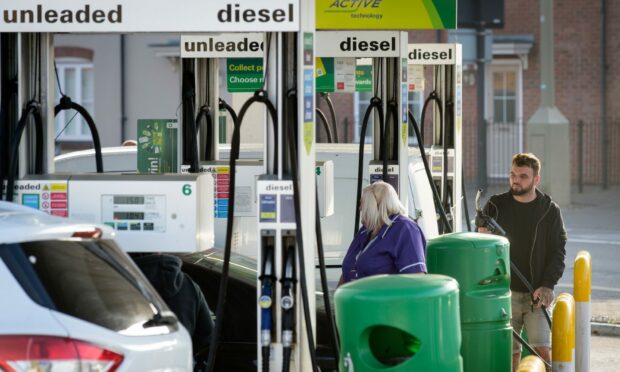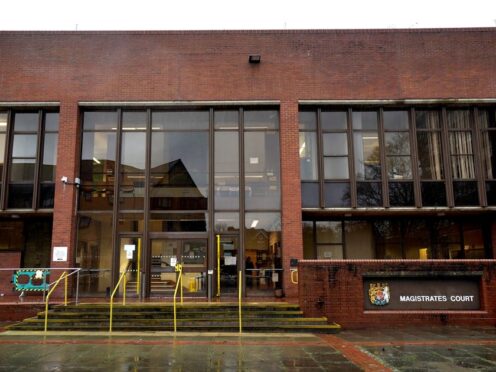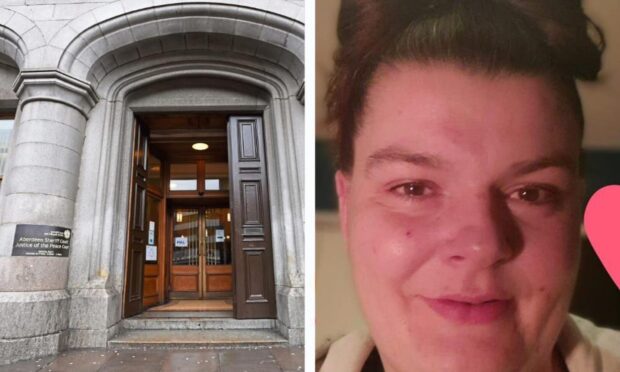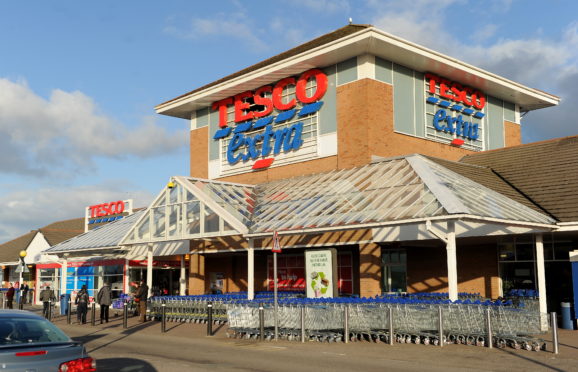Drivers will have welcomed the news that a slump in wholesale fuel costs could see some relief from record pump prices.
The AA said latest trade figures show petrol wholesale costs have fallen to 67.7p per litre, down from 75.8p per litre at the start of the week, with wholesale diesel costs falling from 89.8p per litre to 77.3p per litre over the same period.
However, thrifty drivers will still want to make their fuel go further while the outlook remains uncertain. Experts at Vanarama have shared some tips on ways to reduce your consumption and save a few pennies.
Loyalty schemes
Various petrol stations and supermarkets offer cashback schemes and loyalty cards to encourage customers to use their services.
For example. BP has a loyalty scheme where 200 points allows you to claim £1 off fuel or shop purchases. Supermarket petrol stations are also worth using, such as Tesco, whose Clubcard gives shoppers one point for every £2 spent on each fill-up.
Clear the clutter
When carrying a heavy load, your car doesn’t perform as well on the road. Long inclines are harder work and will lead to you putting your foot down, or changing down a gear to keep the speed up – all of which uses additional fuel. Easier just to have a clear out of items in your car.
Bike racks
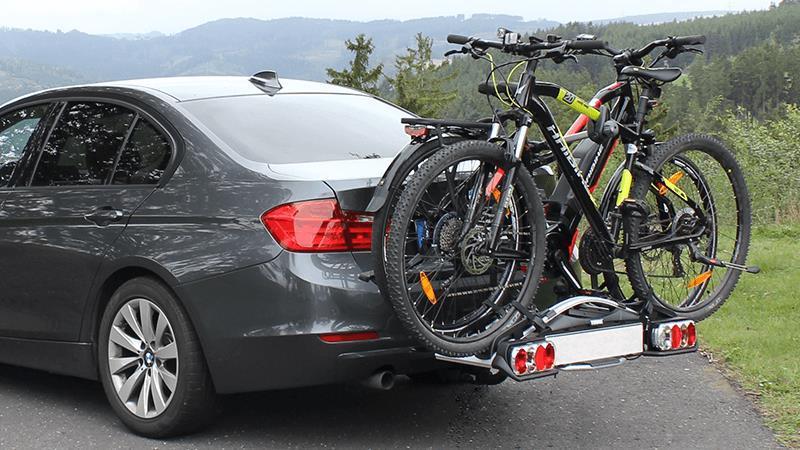
Unless you’re using a bike or ladder regularly, take the rack off your vehicle. If you do, however, need a roof rack, then keep it clear of loads as much as possible. Find somewhere secure at home or work to store it, as the savings in fuel can be considerable.
Keep your fuel tank low
Keep your fuel tank level reasonably low, rather than topped up all the time. Diesel, for example, is heavy, with 70 litres coming in at over 57kgs.
Tyre pressure
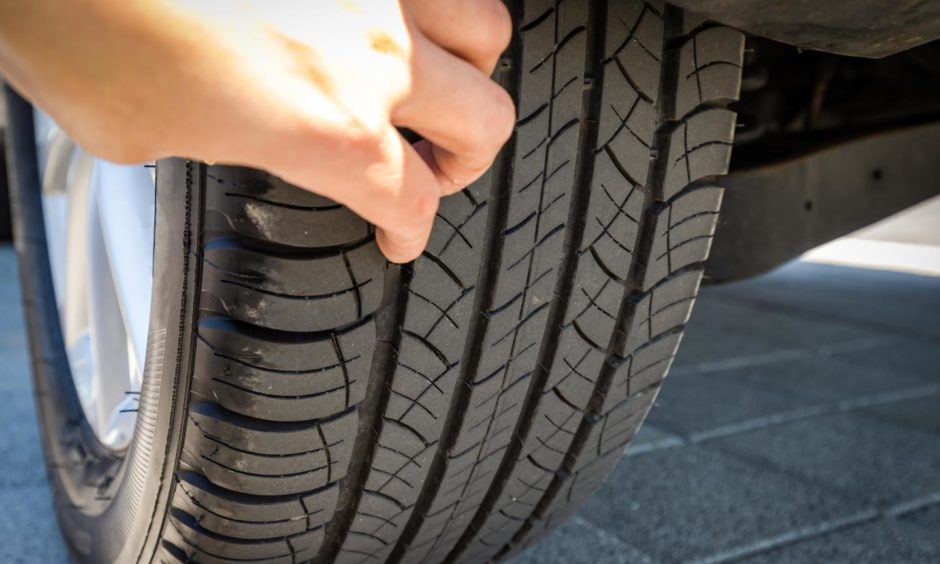
Low tyre pressures create heat and friction with the tread and sidewalls flexing. Research shows that you use an additional 3% fuel for every 10% your tyres are under-inflated. Tyres with insufficient pressure also lead to poor handling of the vehicle with the potential for loss of control and accidents.
Air conditioning
Many of us leave the air conditioning switched on all year round, overriding it when necessary with the heater. Try and get into the habit of turning it off when you don’t need it as it can be a drain on fuel.
Regular services
Something as simple as a blocked air filter will result in poor performance and higher fuel consumption. A brake that is binding slightly can have a dramatic effect on your MPG, too, so get regular services and keep your service history up to date. It’ll also help you prove to a second owner or, to a dealer when part exchanging for a new vehicle that you’ve looked after it, enhancing its value.
Keep windows closed
All that buffeting you get in the cab when you have the window open, even slightly, doesn’t come for free, as fuel is burnt to generate it. If you don’t need the window open, close it.
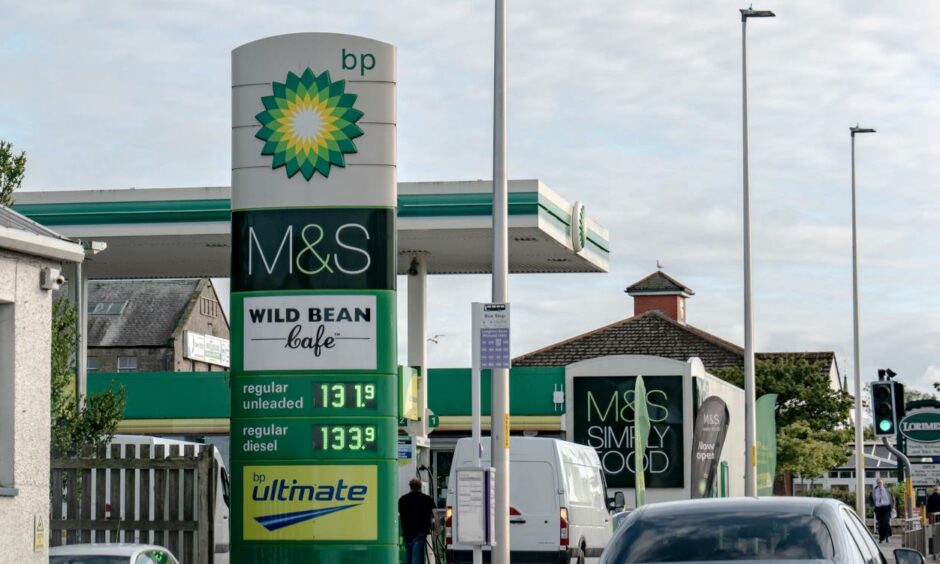 Plan ahead
Plan ahead
The most effective way to lower your fuel bill is to reduce mileage and avoid time consuming and costly congestion. Plan your routes carefully using real-time data such as that offered by Google Maps.
Watch your speed
Driving in the highest possible gear for your vehicle while within the speed limit can help achieve the optimum miles per gallon.
In urban areas drivers should change up through their gears quickly, with the lowest amount of revs possible. The faster the engine works and spins – the more fuel it is going to be using.
